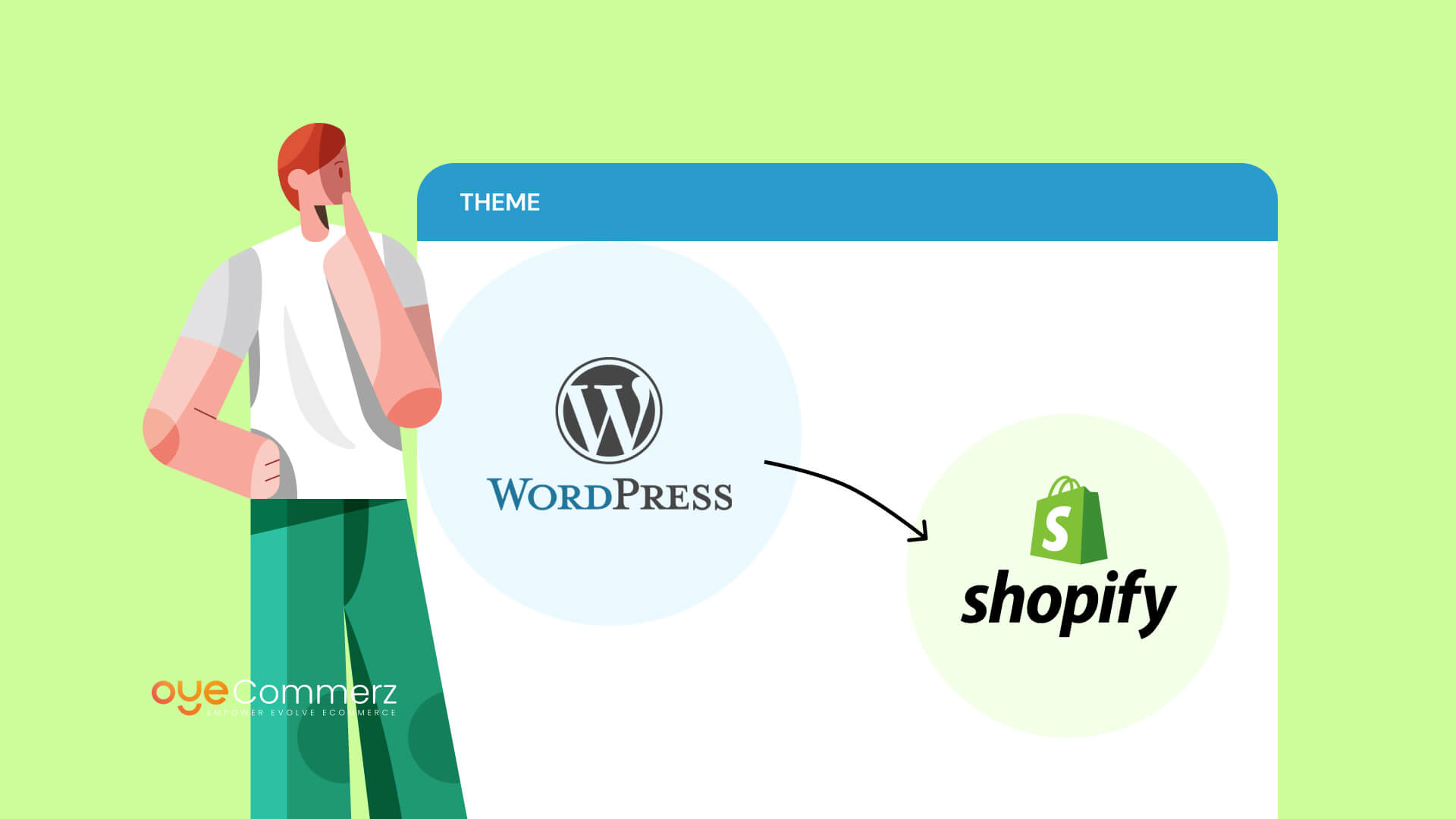Transitioning from WordPress to Shopify marks an promising step toward streamlining your e-commerce operations. As companies grow, selecting a solution that supports scalability, user experience, and flexibility is essential. Shopify has emerged as a favorite for e-commerce professionals, providing unmatched flexibility, security, and ease of use. In this guide, we will delve into why this migration is a game-changer, discuss the benefits, and share actionable steps to ensure a seamless transition.
1. Why Switch from WordPress to Shopify?
WordPress, paired with WooCommerce, has served countless e-commerce platforms. Nevertheless, as companies expand, issues like reliance on plugins, security vulnerabilities, and complex setups can hinder progress. Shopify, designed explicitly for e-commerce, eliminates these concerns with an comprehensive, user-friendly solution. Statistics supports this transition—Shopify hosts over 4.4 million websites worldwide, with a reported 10% increase in sales conversion rates for many businesses post-switch.
2. Shopify's Perks for Thriving Online Stores
Shopify’s robust ecosystem is tailored for expanding brands. Its notable benefits are:
- Effortless Design Flexibility: Shopify offers over 80 expertly crafted themes.
- Built-in Features: Features like Shopify Payments and integrated SEO streamline operations.
- Global Reach: Multi-currency support and localization features empower brands to expand internationally.
Additionally, Shopify delivers an uptime rate of 99.98%, guaranteeing your store is always operational.
3. Preparing for WP to Shopify Migration
Prior to starting the migration process, assess your existing setup. Analyze inventory details, client information, and SEO performance. Resources such as Shopify’s Migration Kit or third-party solutions can simplify this process. Develop a detailed strategy, making sure all assets—product descriptions, images, and articles—are optimized for transfer.
4. Data Migration: A Critical Step
Transferring your data is a cornerstone of a successful platform switch. When migrating from WP to Shopify, prioritize:
- Product Information: SKU, descriptions, and categories.
- Client Information: Emails, order history, and custom fields.
- SEO Optimization: Retain meta tags, URLs, and redirects to maintain search rankings.
Leverage apps like LitExtension to streamline data transfer while minimizing errors.
5. Tailoring Your Shopify Store to Fit Your Brand
After the move, personalizing your Shopify store ensures it aligns with your business identity. Utilize Shopify’s drag-and-drop editor to create layouts with ease. Shopify's templates are optimized for all devices, ensuring a smooth UX across platforms—a key point, given 74% of online shopping comes from mobile visitors.
6. Maintaining SEO During Migration
SEO is vital for preserving your visibility during migration. Shopify is highly optimized for search engines with clean URL structures, preloaded features, and smooth content management. Make sure you:
- Implement 301 redirects for existing links.
- Enhance updated content with keyword-rich content.
- Use Shopify's apps Plug in SEO to monitor performance post-migration.
7. Essential Tests After Migrating to Shopify
After finishing the transfer, run detailed checks.
Check: - Page load times (Shopify boasts faster speeds compared to WP).
- Functionality of payment gateways and checkout processes.
- Adaptability across devices.
Quality assurance guarantees your store provides a smooth shopping journey from the start.
8. Real-Life Success Story
One such Migration from WordPress CMS migration success story is Gymshark, a fitness apparel brand that moved to Shopify. After the switch, the company experienced a 60% increase in mobile sales and reduced site downtime. This showcases the capabilities of Shopify in driving online business success.
9. Overcoming Common Migration Issues
Migration is not without obstacles, such as data integrity and adjusting tailored features. However, Shopify’s robust support and third-party Custom Shopify development experts make overcoming these hurdles manageable. Collaborating with experienced Shopify developers ensures a smooth transition.
10. Making the Switch: The First Step Toward Success
Switching from WP to Shopify represents a strategic decision to online retail. By addressing scalability, streamlining operations, and enhancing the customer experience, Shopify empowers businesses to thrive in competitive markets.
Conclusion
Switching from WordPress to Shopify offers a smart solution that can greatly enhance your e-commerce success. With a robust migration plan, the right tools, and professional guidance, you can unlock new success milestones.
Excited to start the journey? Reach out today to learn how our Shopify migration services can transform your online store. Contact us now, or ask yourself: Can your business afford to miss out on Shopify’s growth potential?
